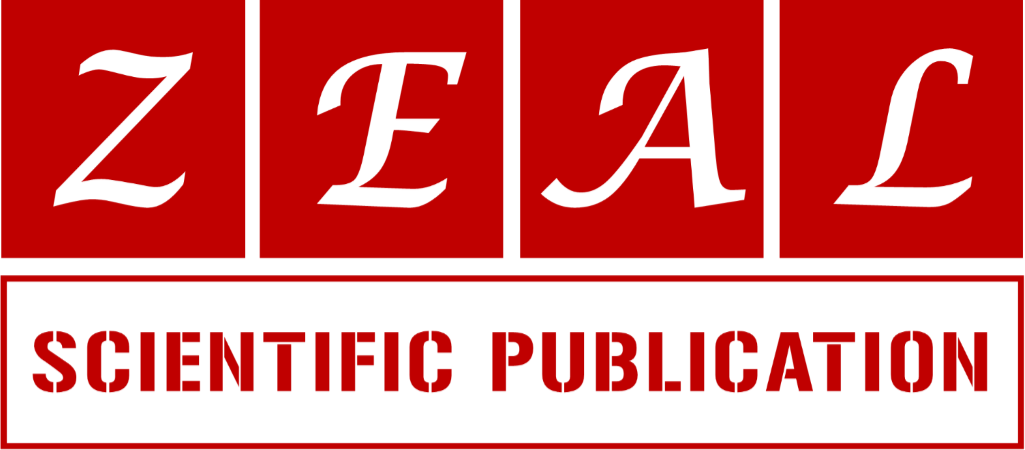On the chemistry of the Archetti test for caffeine and uric acid
Department of Organic Chemistry, Faculty of Chemistry, National Autonomous University of Mexico, Mexico City (CDMX), Mexico.
Research Article
World Journal of Chemical and Pharmaceutical Sciences, 2023, 02(02), 001–005.
Article DOI: 10.53346/wjcps.2023.2.2.0027
Publication history:
Received on 08 April 2023; revised on 24 May 2023; accepted on 26 May 2023
Abstract:
The Archetti colour test is based on the reduction of ferricyanide ions to ferrocyanide, giving Prussian blue. However, the oxidation sequence of reactions that take in the organic molecule has not been described. Some electroanalytical experiments on the oxidation of caffeine have been done but the results have not been adequately interpreted. Besides, they are incomplete since only the redox reactions can be detected, but not the isomerization and degradation path. In the present communication the complete oxidation route of caffeine is given, as well as the electron flow in each step. It involves hydration of the imino group and oxidation to 1,3,7-trimethyl-uric acid, formation of radical ion at C-9, interaction with the C─C double bond, aziridinone formation, carbon monoxide extrusion, carbonium ion neutralization, imine acidolysis, isomerization of carbinolamine and hydrolysis to the end products.
Keywords:
Anodic voltammetry; Caffeine degradation; Caffeine oxidation; Electron flow; Reaction mechanism; Reactive intermediates
Full text article in PDF:
Copyright information:
Copyright © 2023 Author(s) retain the copyright of this article. This article is published under the terms of the Creative Commons Attribution Liscense 4.0
